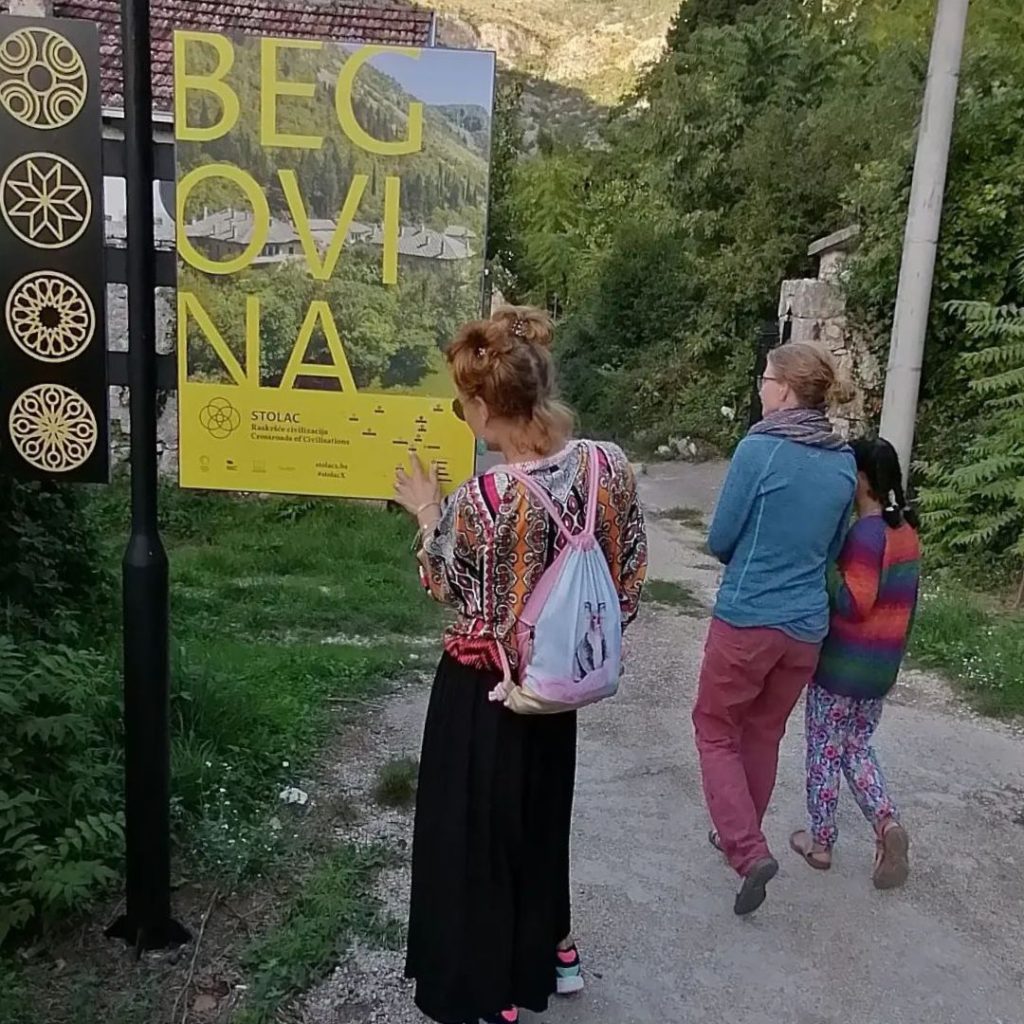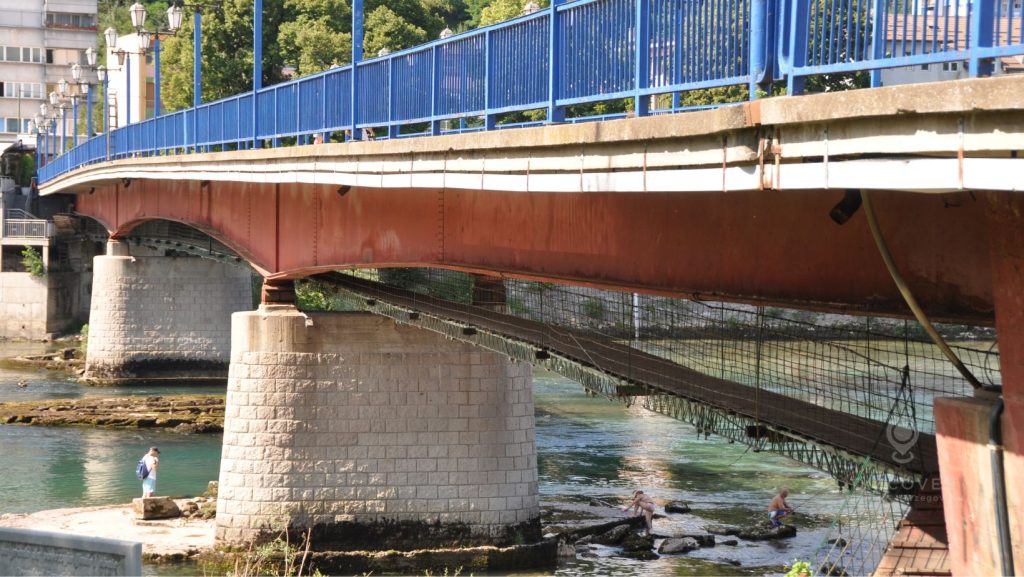
…the best preserved and most important monument of residential architecture in Bosnia and Herzegovina, Residence of the Rizvanbegović Family in Stolac…
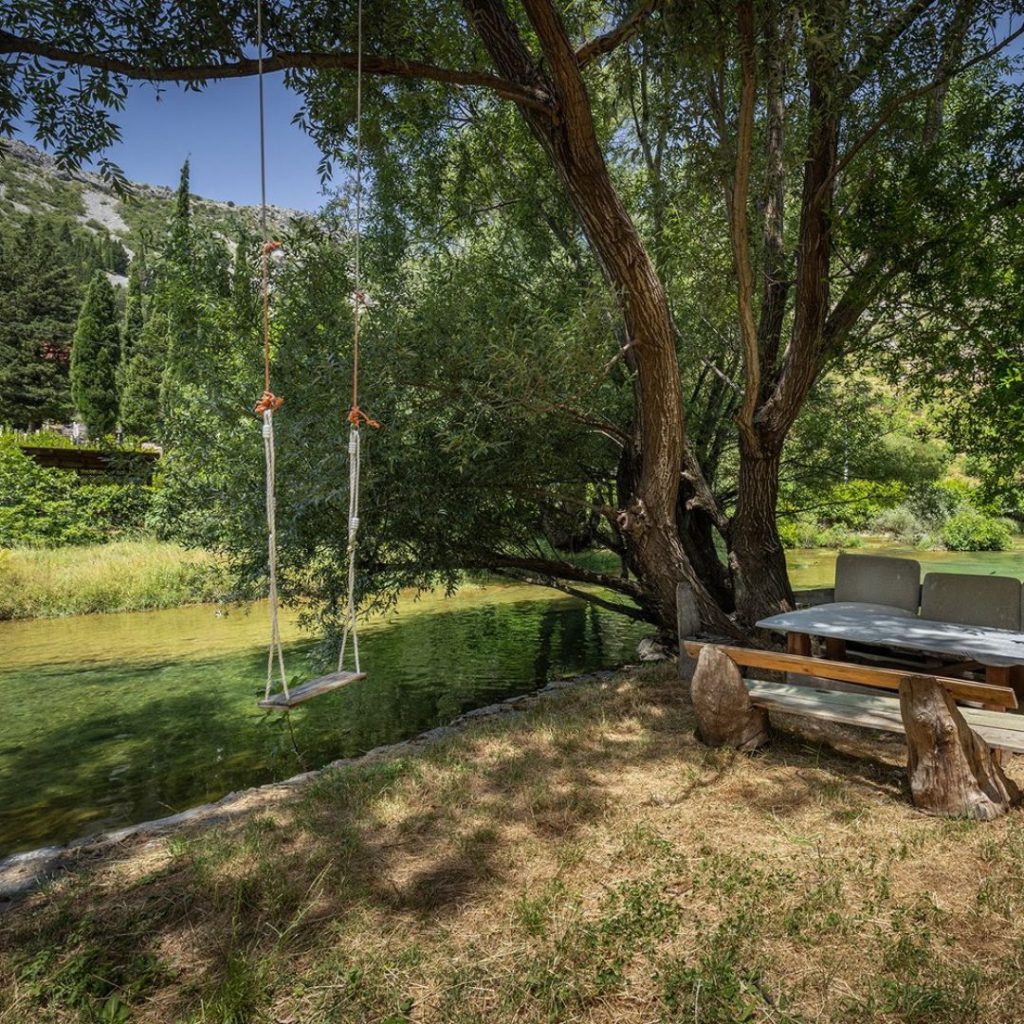
Nestled along the banks of the Bregava River in the historic town of Stolac, Begovina is one of the finest examples of traditional residential architecture in Bosnia and Herzegovina.

This elegant complex was the 19th-century home of the prominent Rizvanbegović family, whose patriarch, Ali Pasha Rizvanbegović, became the Vizier of Herzegovina in 1833.
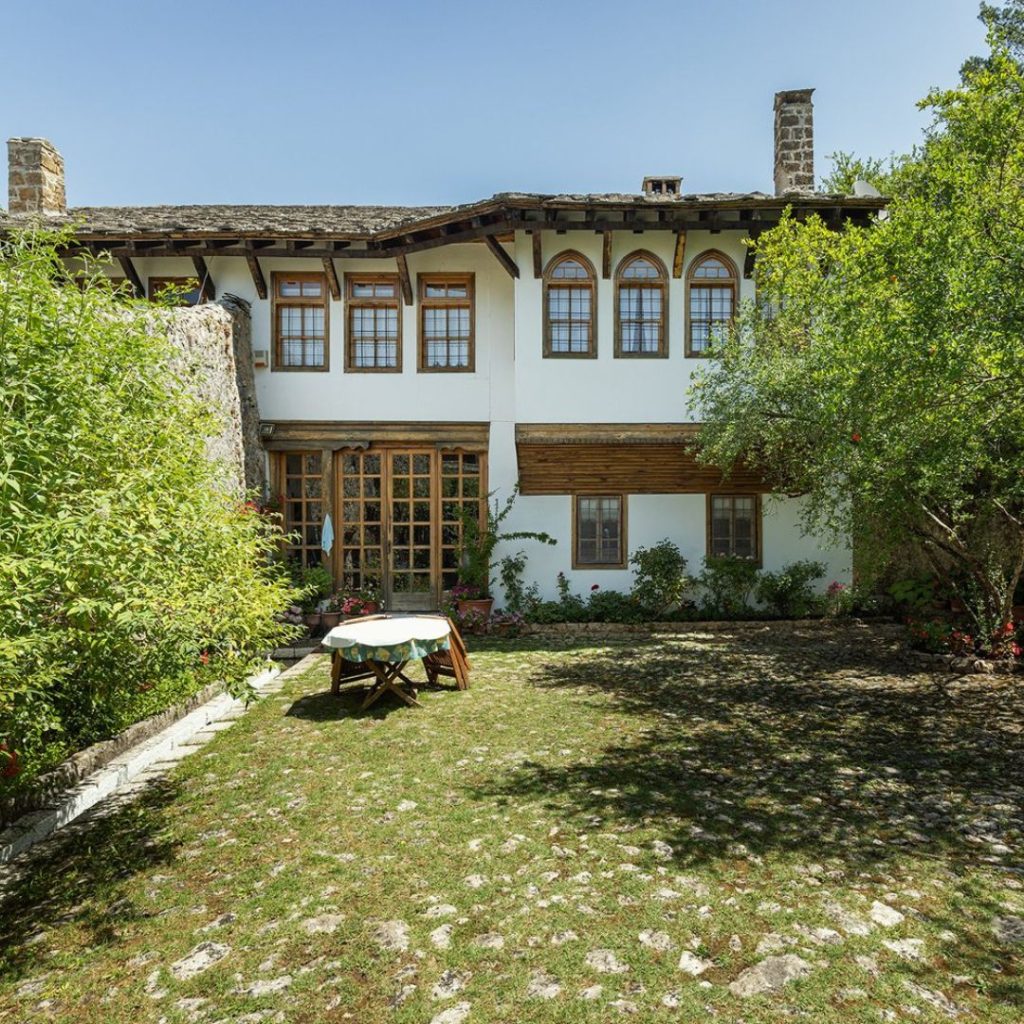
Built for both comfort and security, the estate blends harmoniously with its natural surroundings. Surrounded by high stone walls and shaded by lush courtyards, Begovina was designed to provide privacy and protection while embracing the cooling influence of the nearby river Bregava.

Water channels run through the courtyards, bringing freshness to the shaded, flower-covered inner gardens.
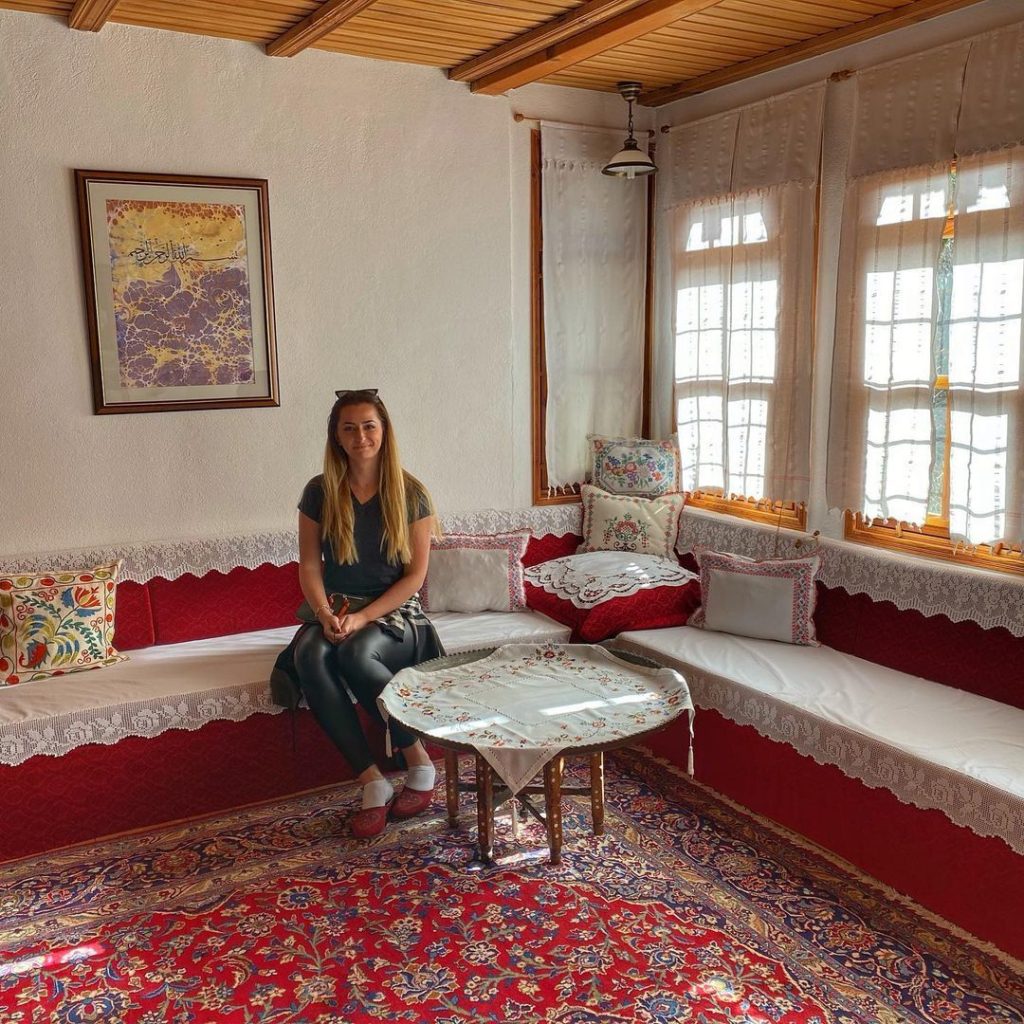

The complex once featured family homes, a school (mekteb), guest lodgings with baths for travelers, and numerous auxiliary buildings.
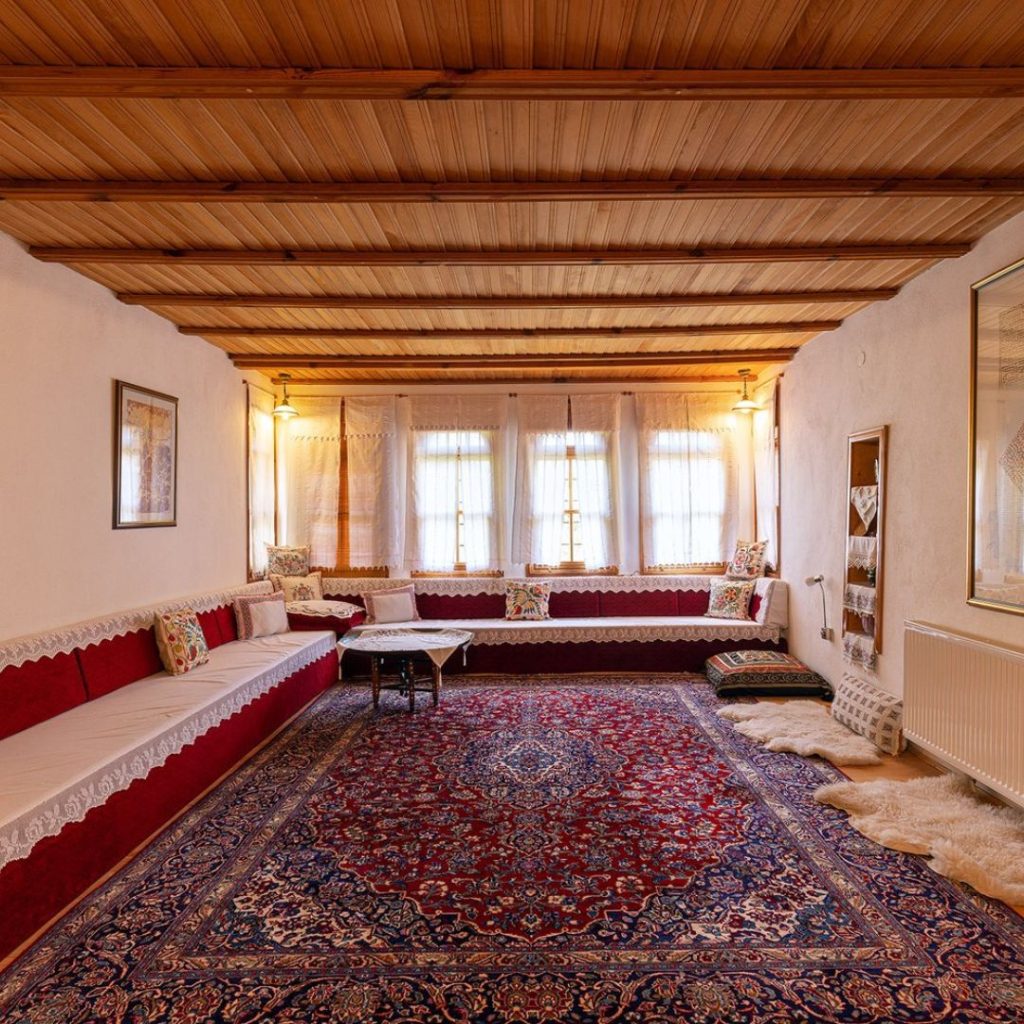
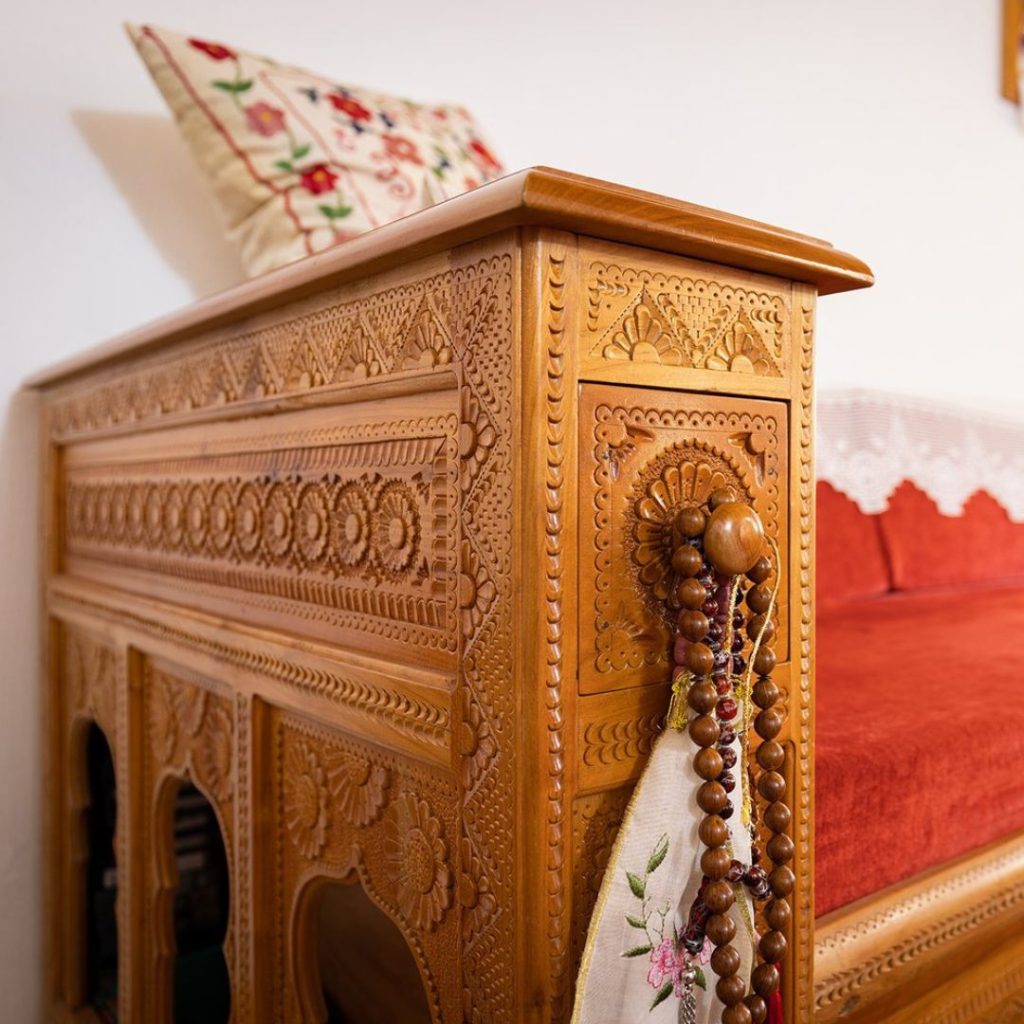
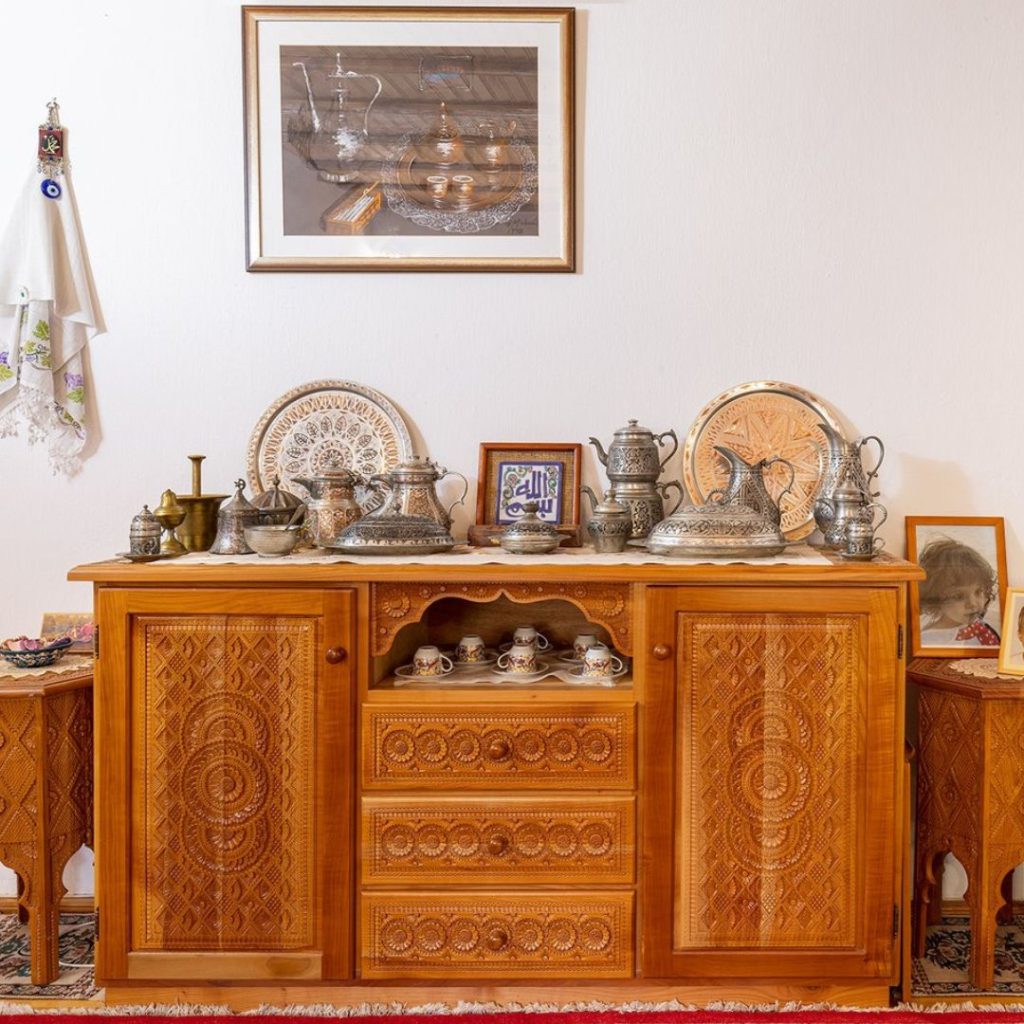
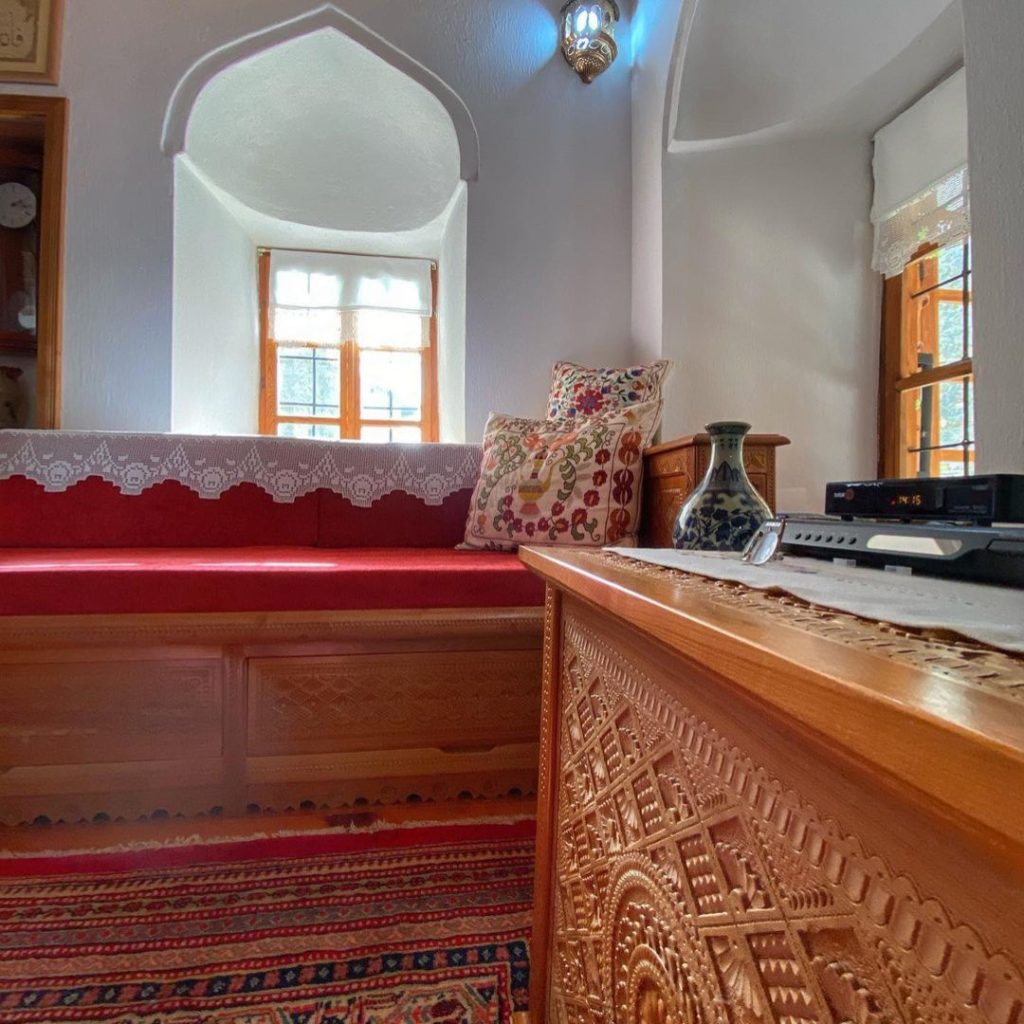
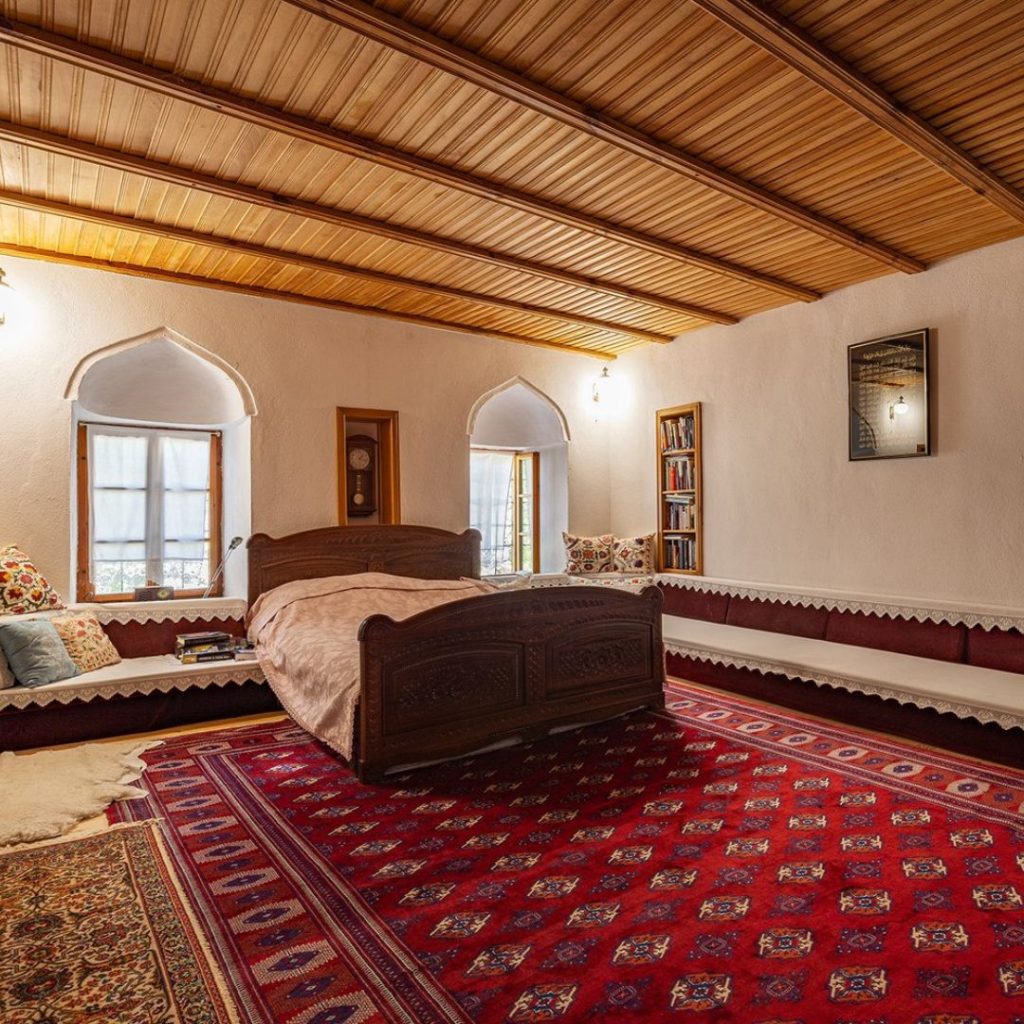
Every room was thoughtfully designed, often featuring carved wooden ceilings, richly woven carpets, and ornate furniture — a true reflection of refined Ottoman living culture.
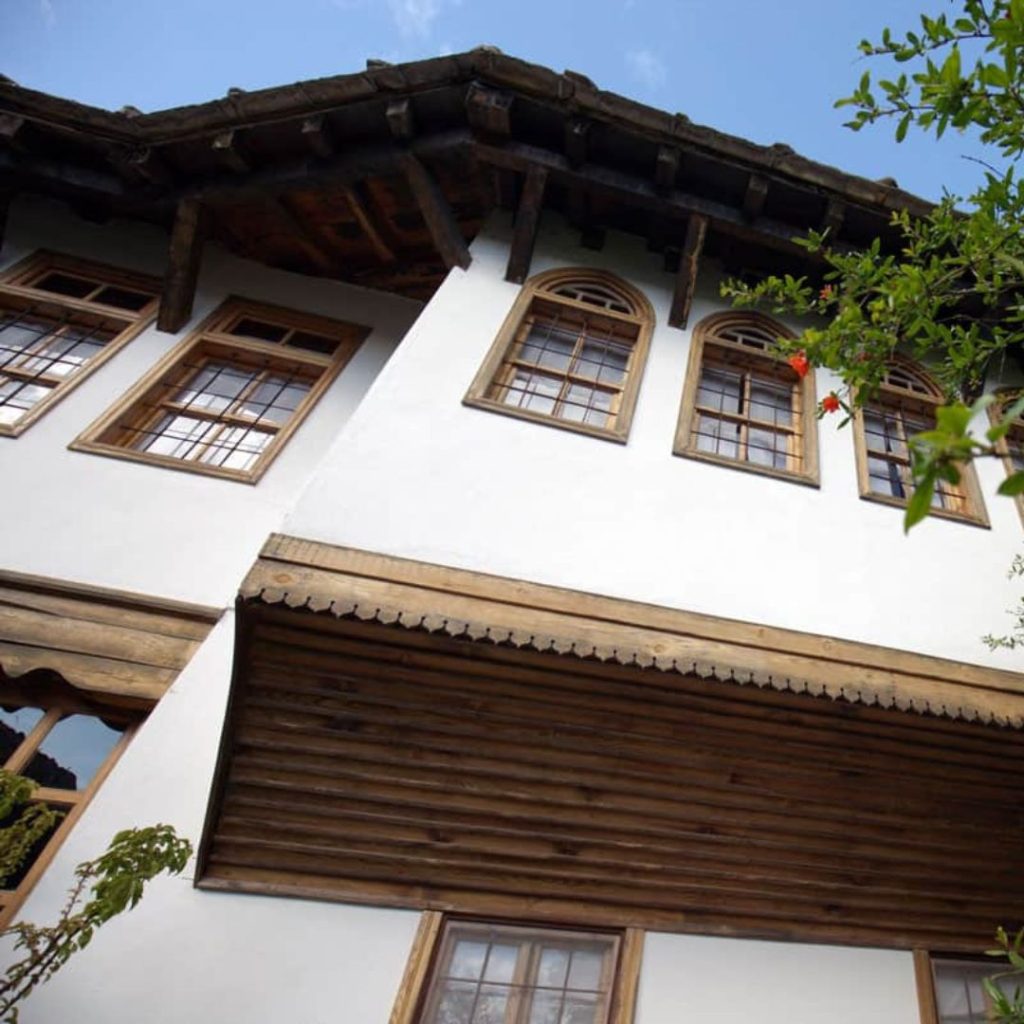
Though partially destroyed by fire in 1993, Begovina has since undergone careful restoration and is today a declared National Monument of Bosnia and Herzegovina.
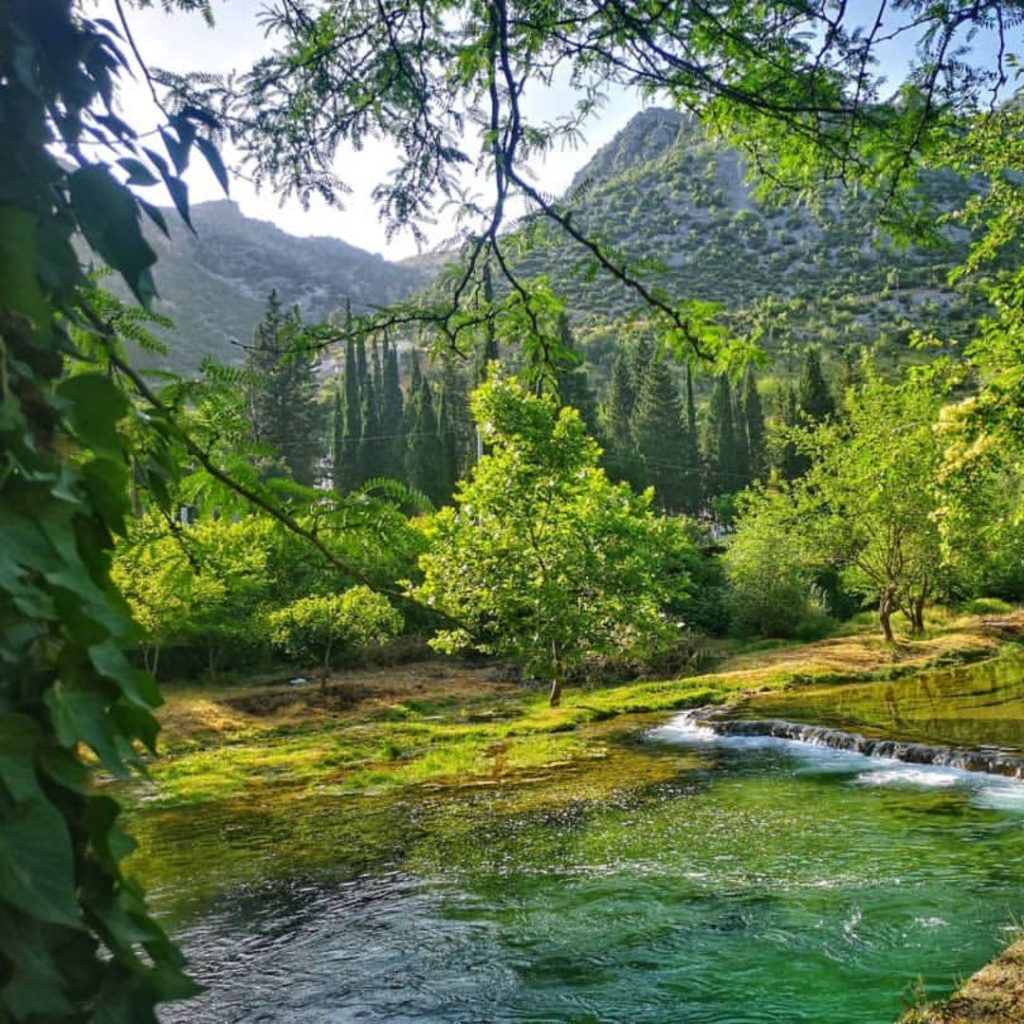
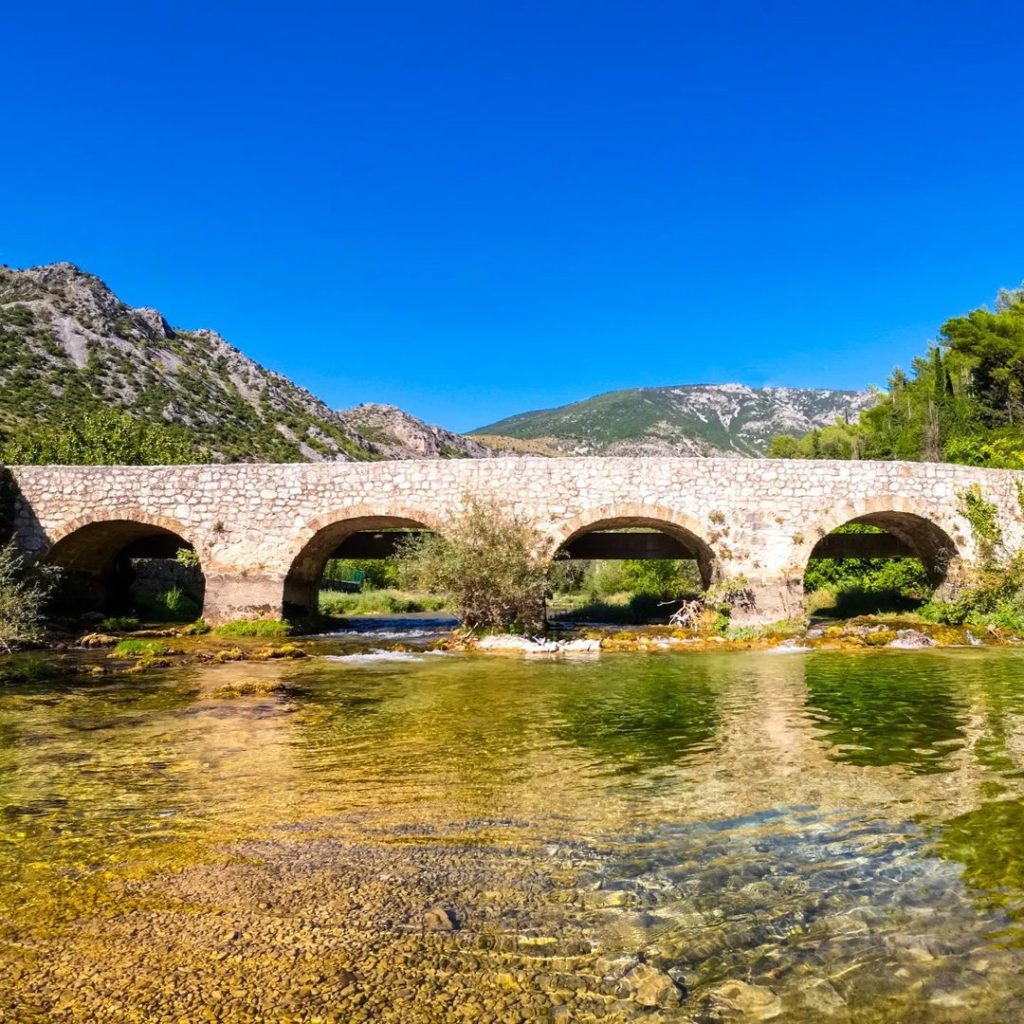
Visitors can explore its tranquil courtyards, stone bridges, and architectural charm — a living testament to the elegance of Islamic heritage and urban life in the Balkans.
